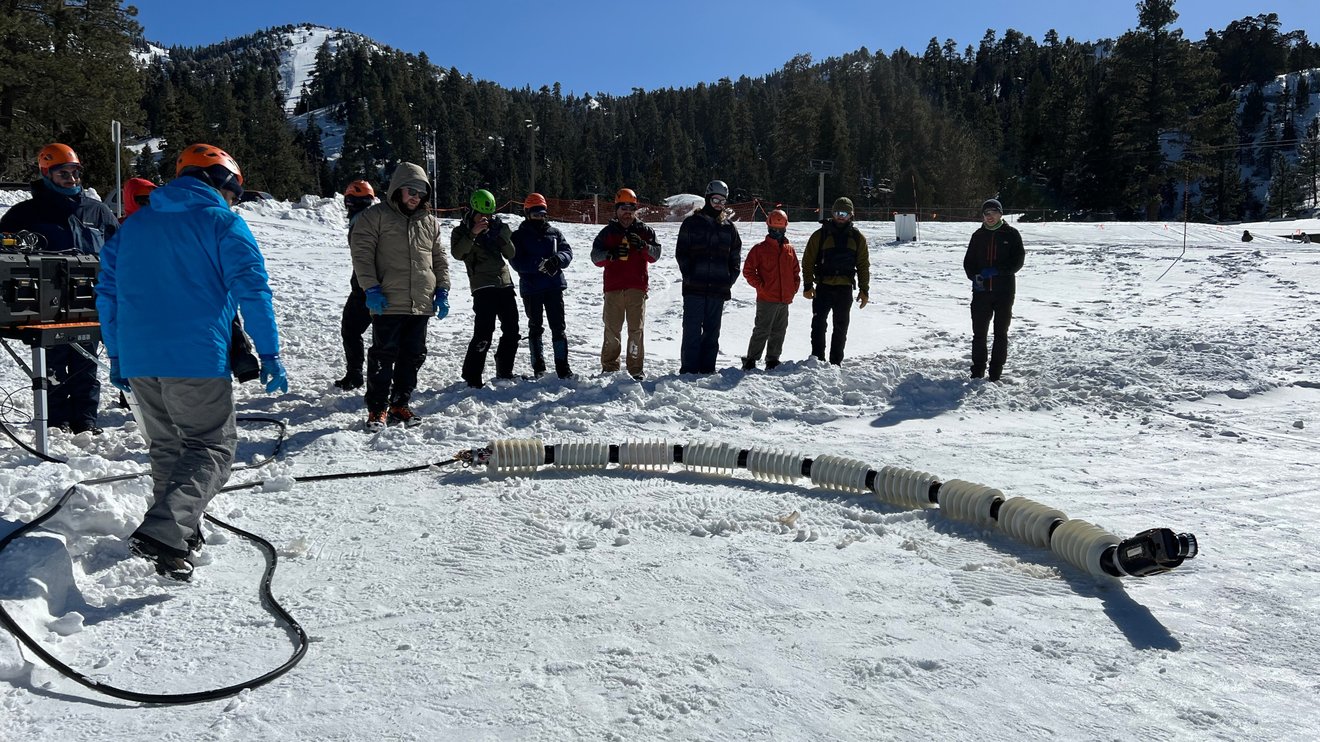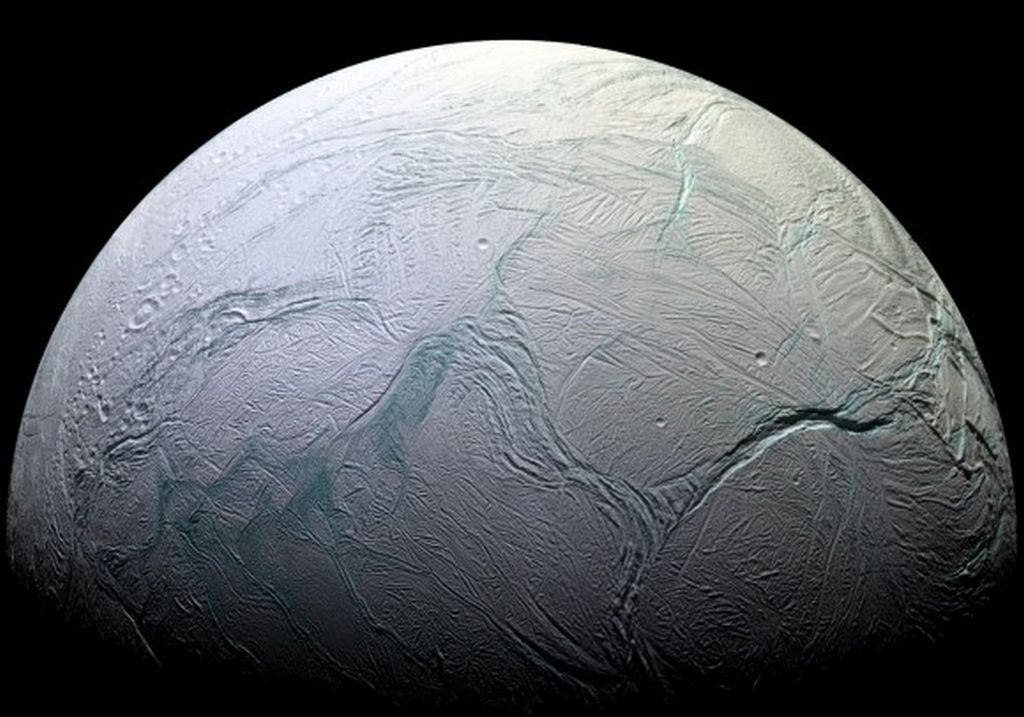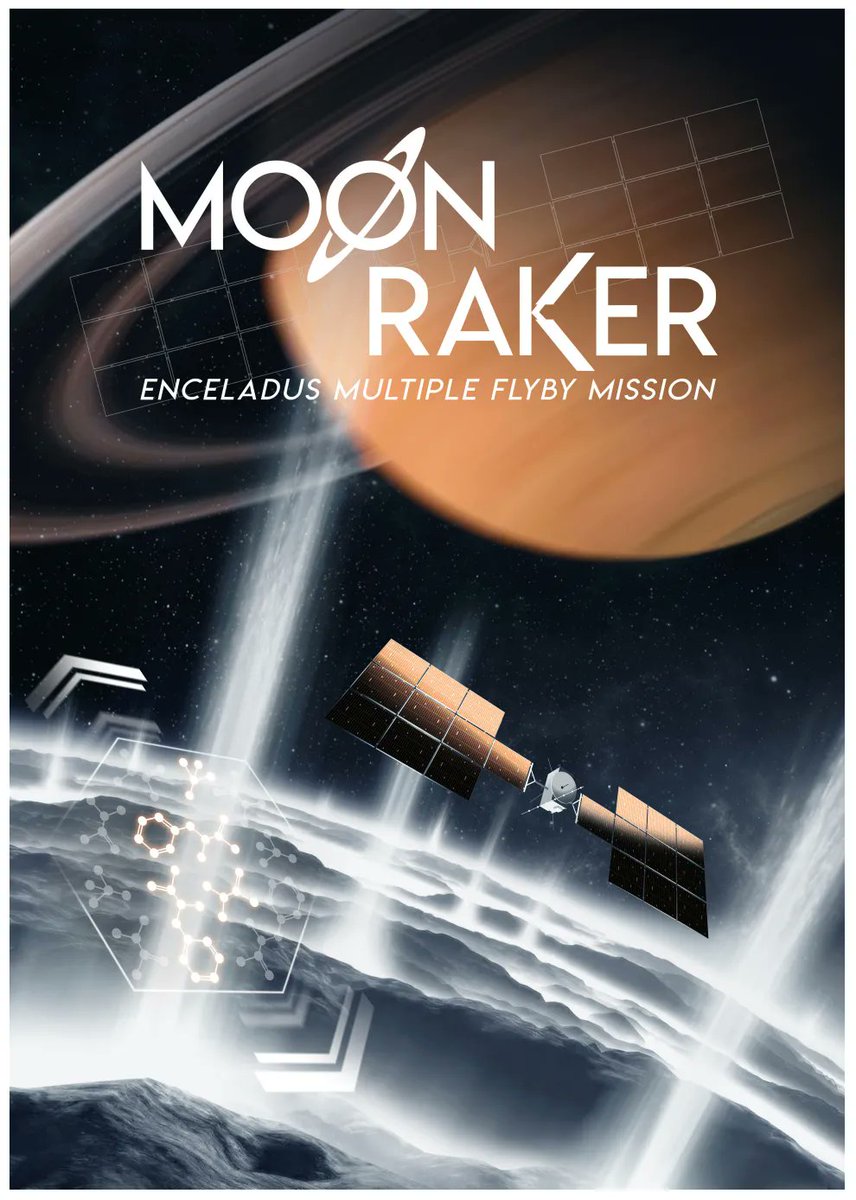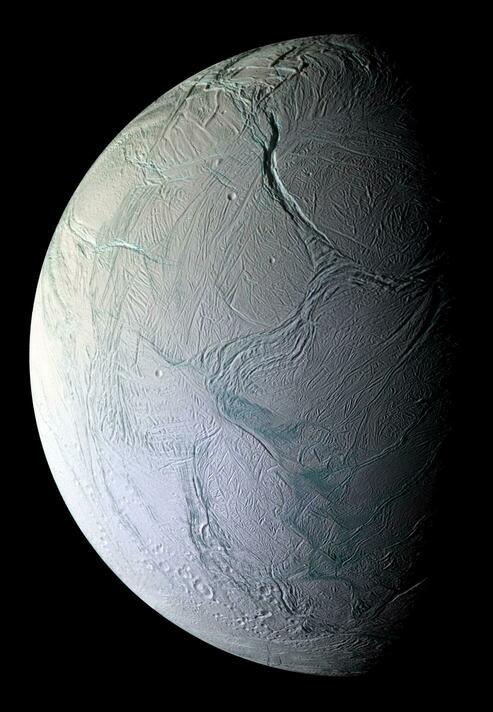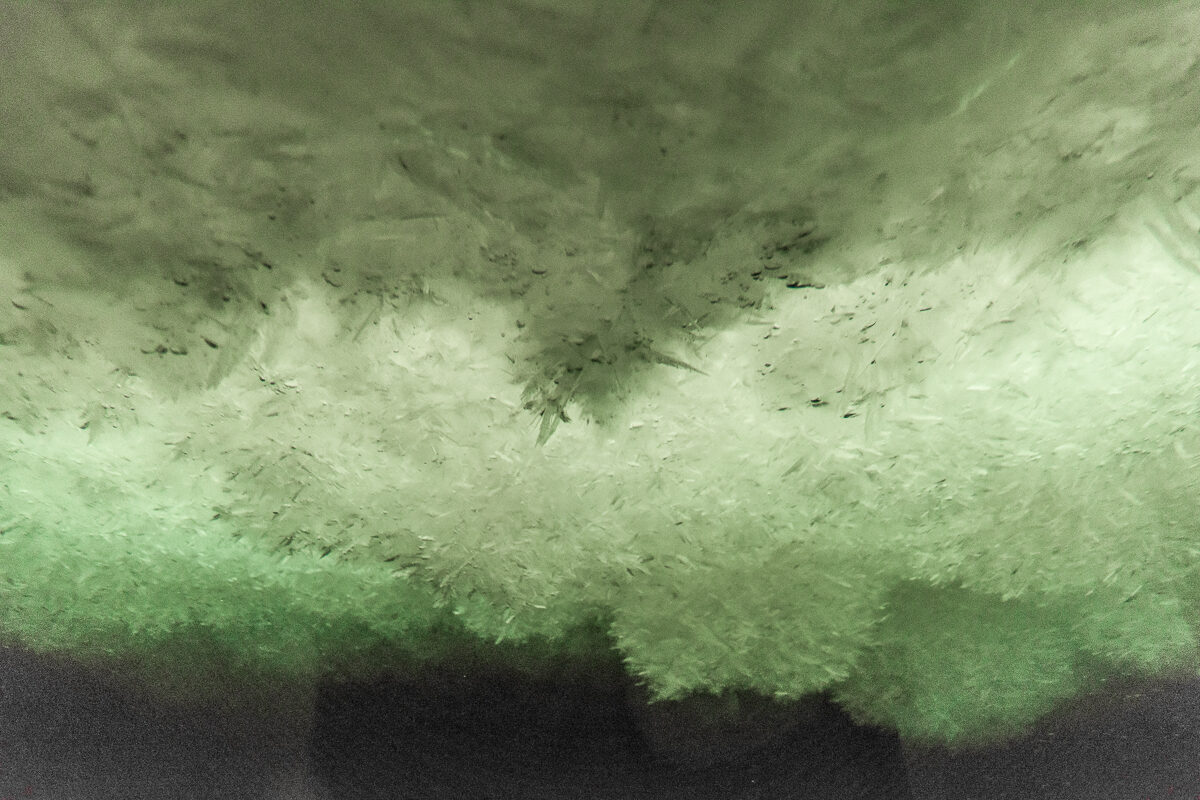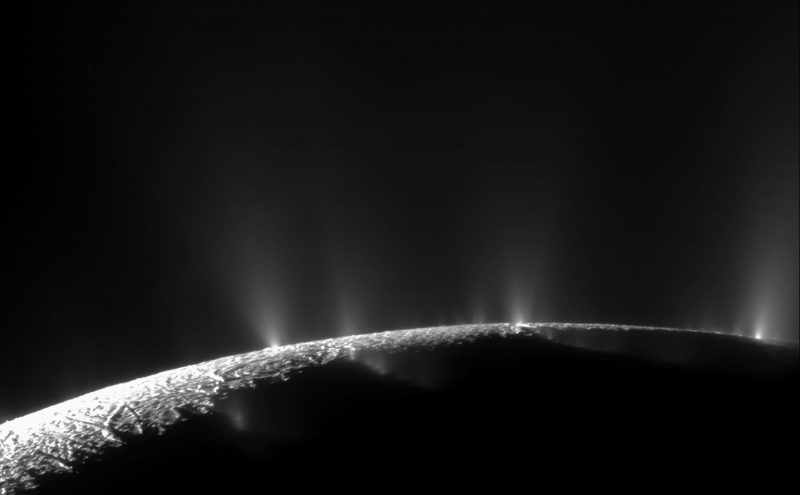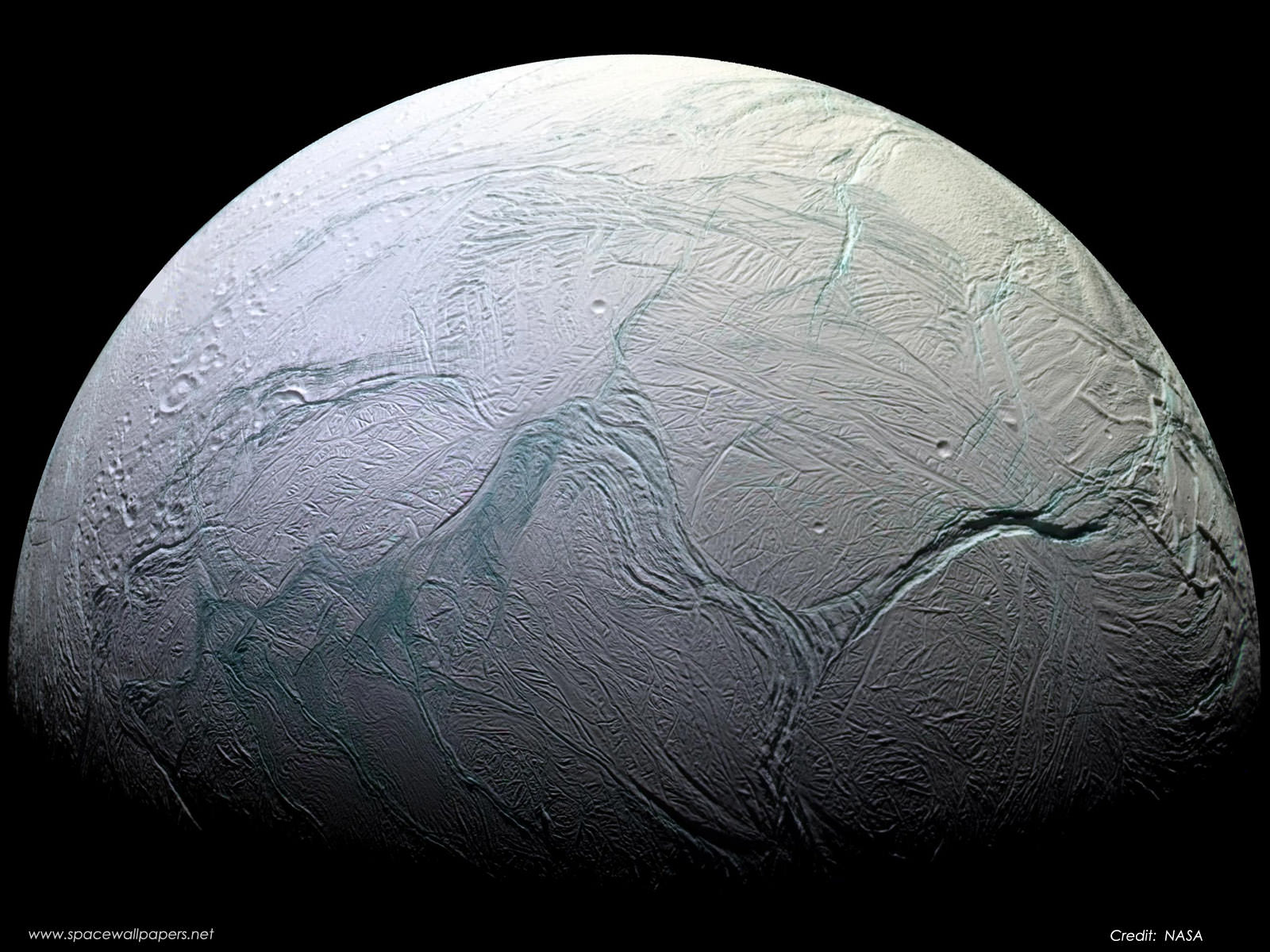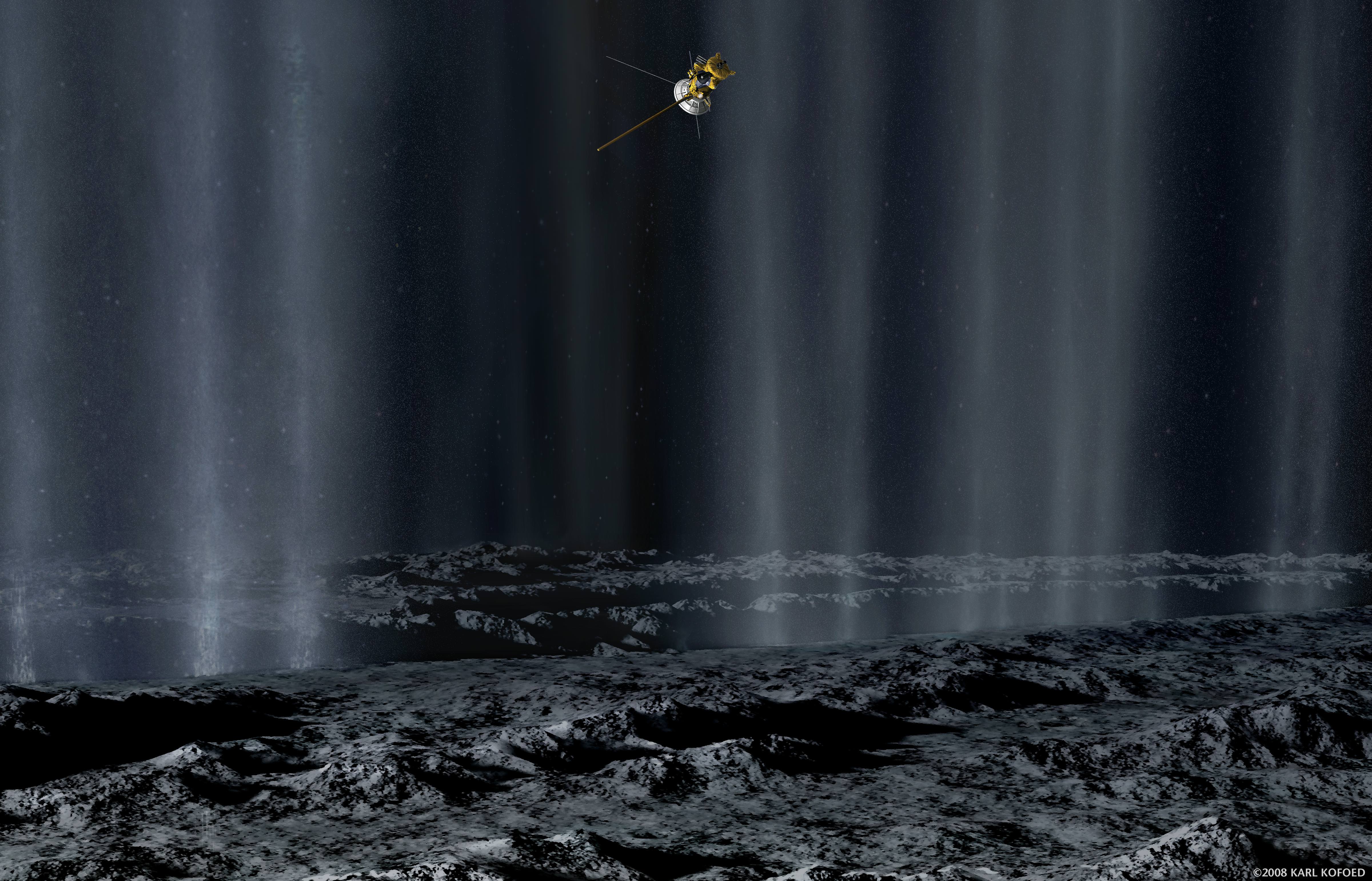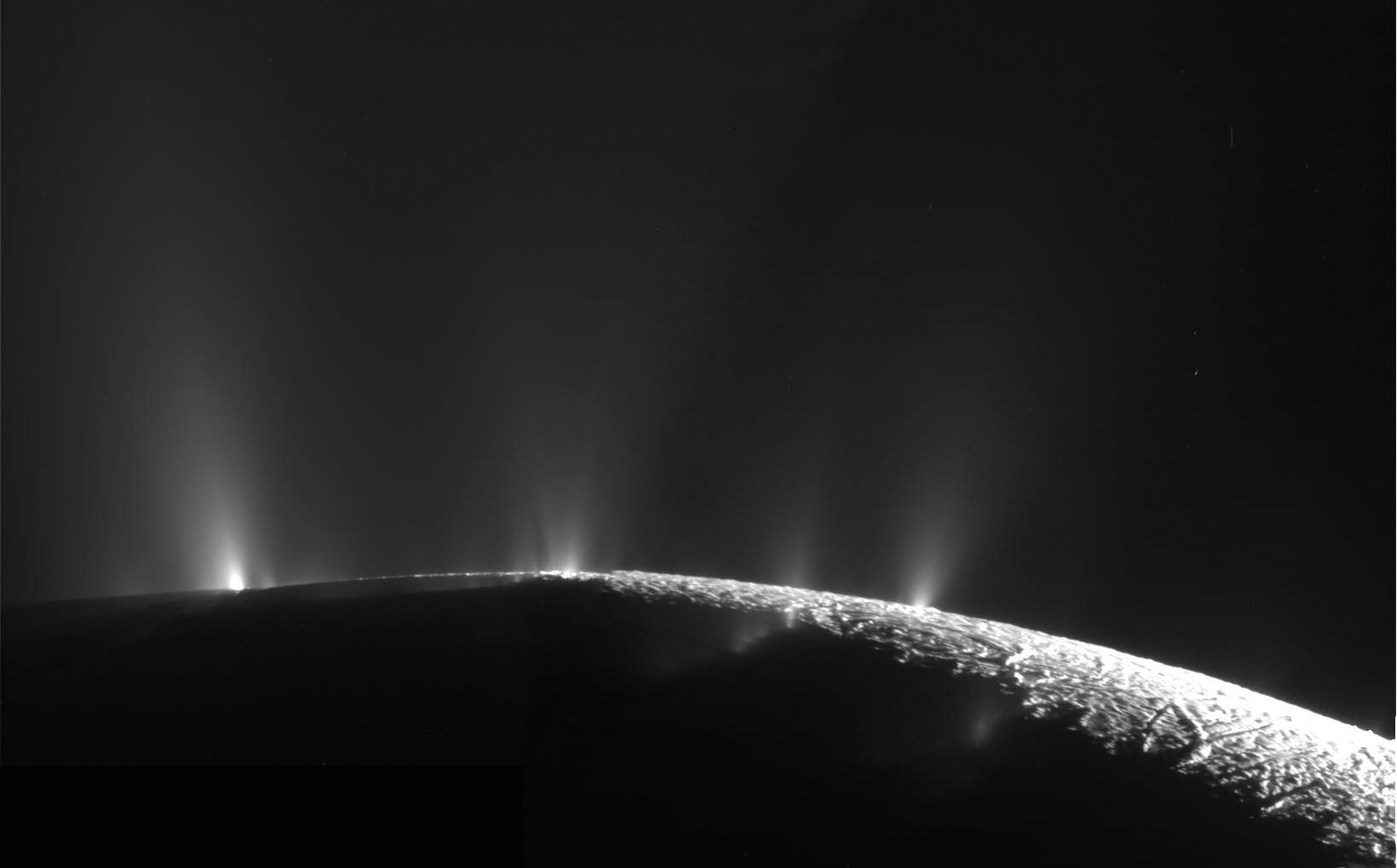Rovers have enabled some amazing explorations of other worlds like the Moon and Mars. However, rovers are limited by the terrain they can reach. To explore inaccessible terrain, NASA is testing a versatile snake-like robot that could crawl up steep slopes, slither across ice, and even slide into lava tubes. Called Exobiology Extant Life Surveyor (or EELS), this robot could cross different terrains and create a 3D map of its surrounding to autonomously pick its course, avoiding hazards to reach its destination.
Continue reading “NASA Tests a Robotic Snake That Could Explore Other Worlds”NASA Tests a Robotic Snake That Could Explore Other Worlds
